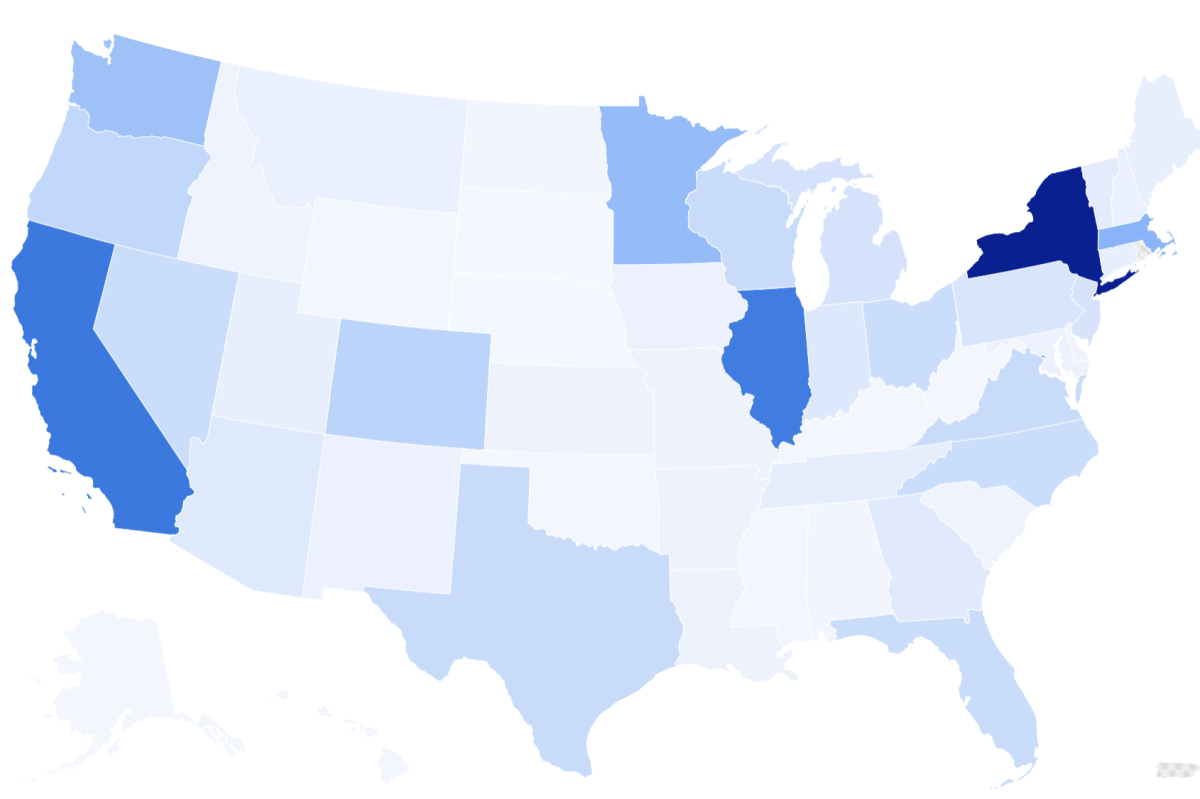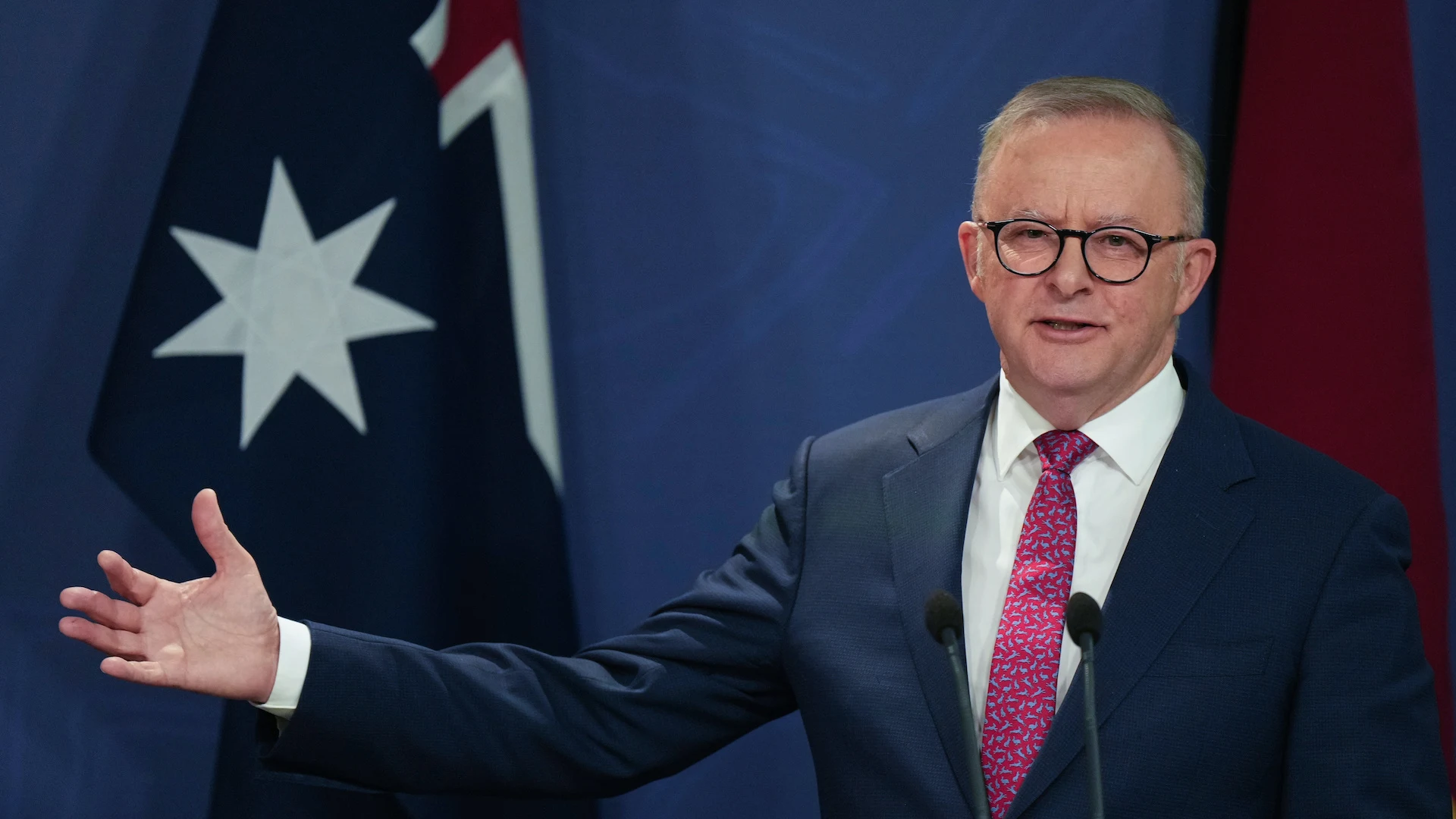Copyright Newsweek

A map shows which states saw the highest—and lowest—estimated turnout for “No Kings” protests in the United States on Saturday. At least 2,700 events took place simultaneously in cities, towns and suburbs in every U.S. state on Saturday, decrying President Donald Trump’s policies and agenda. Demonstrations were also held abroad, including in the United Kingdom, Spain and Portugal. Organizers estimated that nearly 7 million people took to the streets nationwide, with events in cities including New York, Boston and Chicago topping 100,000 attendees. Why It Matters Organizers have said it was one of the largest single-day nationwide demonstrations in U.S. history. It was the third mass mobilization since Trump’s return to the White House in January, following nationwide protests in April and the first “No Kings” protests on June 14. What To Know According to an analysis by Strength In Numbers, a data-driven news website, and Atlanta-based science newsroom The Xylom, at least 5.2 million people are estimated to have turned out for the protests. The estimates were crowdsourced, but the analysis noted that where possible, official reports were used over attendee estimates, and those accounts were "roughly validated" with photographic and video evidence. The analysis said the median estimate is that 5.2 million people took part, while the upper approximation is 8.2 million people. Newsweek has produced a map showing which states saw the highest turnout based on the crowdsourced estimates. It shows that New York had the highest estimated attendance, with almost 380,000 people estimated to have been at events in the state, followed by California and Illinois, where about 260,000 and 250,000 people are estimated to have attended events, respectively. States with the lowest turnout include Nebraska and South Dakota, with each of those two states estimated to have had only about 500 people at events. Newsweek also produced a map showing the estimated turnout in each state based on the population. According to that data, Vermont had the highest estimated turnout per capita, with one in every 23 people attending an event. Illinois also had a high estimated turnout per capita, with one in every 51 people attending a gathering. On the other side of the spectrum, Alabama, Mississippi, Nebraska, Kentucky, Oklahoma and South Dakota had some of the lowest estimated turnout per capita. However, it should be noted that some people would have likely traveled out of state to attend larger events. What People Are Saying Strength in Numbers said in a post: “Our estimate is based on reports from local officials, local organizers, and attendees, and suggests the count from organizers—who report 7 million participants nationwide—may be a bit optimistic (but is not impossible). Still, regardless of whether the precise number is 5, 6, 7, or 8 million, Saturday’s events are very likely the biggest single-day protest event since 1970, surpassing even the 2017 Women’s March demonstrations against Trump.” Logan Keith, a spokesperson for the 50501 movement, said in statement: “On October 18th, millions of people gathered for one of the biggest demonstrations in American history. We declared over 250 years ago that America is not beholden to any tyrant. In fact, standing up and fighting against tyranny is the most patriotic act one can take. We Americans have a proud tradition of standing up against bullies, against dictators, against kings.” On Sunday night, President Donald Trump said of the protests: "I think it's a joke. I looked at the people, they're not representative of this country. And I looked at all the brand new signs paid—I guess it was paid for by [philanthropist George] Soros and other radical left lunatics. It looks like it was, we're checking it out.” He added the protests were "very small, very ineffective, and the people were whacked out.” What’s Next Going forward, the Trump administration is likely to be met with further protests.



